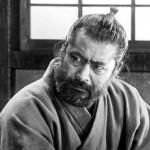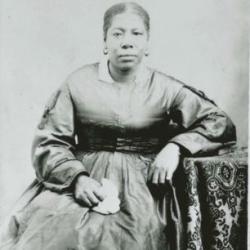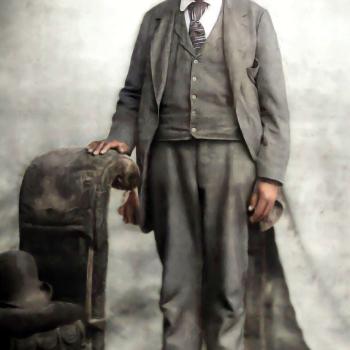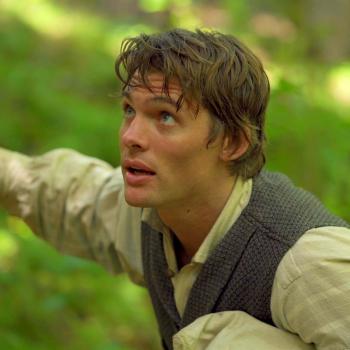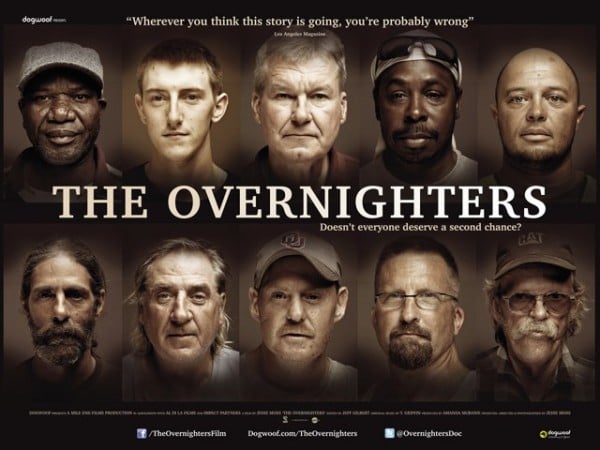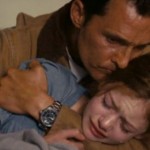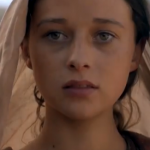
It’s an excellent day at the movies when a family drama reminds me of the work of master director Yasujiro Ozu, one of world cinema’s all-time greats. Learning later from interviews that Ozu was indeed the main influence upon Love Is Strange’s director Ira Sachs and co-scriptwriter Mauricio Zacharias only prompted my film geek heart to race faster.
Without preamble, Love Is Strange opens on the wedding day of Ben (John Lithgow) and George (Alfred Molina), together 39 years, but now legally able to marry. Ben, the easily rattled older partner, has retired from the NYC gallery scene, but continues to take pleasure in his painting. George, more grounded and still employed as a Catholic school music teacher, is thus the primary breadwinner for the two.
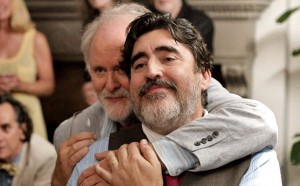
As a tragic side effect of their wedding, George’s sexual orientation comes to the attention of the regional archdiocese. Despite George and Ben’s having been “out” for at least a dozen years to the students, parents, and administrators of the school, the headmaster summarily fires George.
With many films, this turn of events would’ve been a central call for equality, compassion, and integrity. In the case of Love Is Strange, George does offer some trenchant commentary about his treatment, but this injustice primarily serves to propel the main action of the movie.
With George now only earning money from private music lessons, the couple can no longer afford to live in their apartment and must seek cheaper lodging. While waiting for the gears of the urban housing bureaucracy to turn, they look to family and friends for help. Unfortunately, no one has space to shelter them together, so Ben moves in with his nephew Elliot and his family, and George crashes on the sofa of a pair of cops in their building.
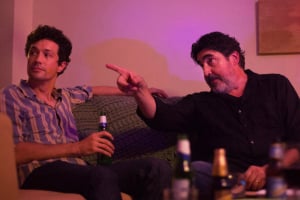
While George’s friends are more welcoming, their youthful partying and Dungeons and Dragons obsession clash with his more refined tastes and quieter lifestyle. The intellectual sophistication of Elliot, his wife Kate, and their teen son Joey meshes more with Ben’s tastes. However, as he loiters in their living room by day and sleeps on a bunk bed in Joey’s room each night, the tensions of this family unit understandably wear on Ben.
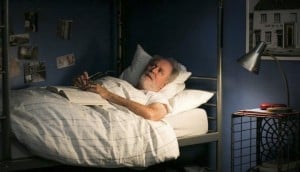
Numerous aspects of Love Is Strange enhance the emotional power of this story. Events unfold naturalistically and without fanfare. For instance, we learn a bit about the baroque politics of NYC rent control and apartment hunting, not to bore us or to make a sociological statement, but rather to effectively ground the story in its time and place.
Further augmenting this naturalistic sense, all of the leading and supporting characters behave in utterly plausible ways, with no villains or heroes in this saga. We get to know Elliot’s family quite well, and the conflict and interactions between two work-preoccupied parents and their smart yet socially awkward adolescent play out similarly in millions of households worldwide.
Additionally, the performances and framing of the actors show realism and restraint. Particular standouts are Marisa Tomei’s Kate (a work-at-home writer who finds Ben’s presence justifiably distracting) and Charlie Tahan’s Joey (alternately sullen and effusive, like many teens I know). At periods of high emotion, the camera pulls back and gives us a discreet sideways view of those shedding tears.
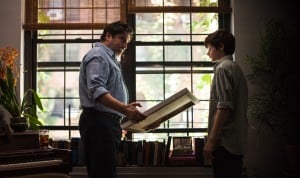
Other artistic decisions contribute to this understated effect. At one key point, writers Sachs and Zacharias astutely elide over key incidents, so we only learn about them after the fact. And between scenes, Sachs occasionally inserts visual pauses (sometimes called “pillow shots,” for their cushioning effect). These images of a park’s architecture, sunset striking a building, or faces in the audience at a musical performance give the viewer time to contemplate the story.
Paradoxically, these savvy aesthetic judgments heighten the emotional impact of the movie’s events. They also transform the final fifteen minutes of Love Is Strange into one of the two “perfect moments” I’ve savored at the cinema this year (the other comes at the end of The Great Beauty).
Props are due to the filmmakers as well for their musical choices. Rather than aim for emotional manipulation, the solo piano pieces by Chopin serve as tasteful accompaniment. Also, a couple of standards sung by characters in the film, such as “Baby, You’ve Got What It Takes,” subtly highlight the thoughts and feelings of their performers.
Much of what I’ve just described – the naturalism, restraint, narrative ellipses, and pioneering use of pillow shots – was mastered by Yasujiro Ozu, the Japanese director I mentioned at the outset of this review. (By the way, if you’ve never seen his films, please repent of your sin immediately; any of his remarkable works will serve as a worthy introduction.) The storyline of Love Is Strange further reveals its debt to the Japanese director in its strong resemblance to the plot of Ozu’s Tokyo Story, as well as Leo McCarey’s Make Way for Tomorrow, the classic American family drama that inspired Ozu.
Believe me, I’m not suggesting that Ira Sachs is the second coming of Ozu (smart man that he is, I bet Sachs would laugh at the notion). But Sachs, Ozu, and McCarey all succeed in making universal the struggles and transitions of one particular extended family. And that alone is one hell of an accomplishment.
4 out of 5 stars
(Parents’ guide: Love Is Strange is rated R for language. It has a couple of F-bombs, but nonetheless, I’d feel at ease watching this with any interested teens.)


